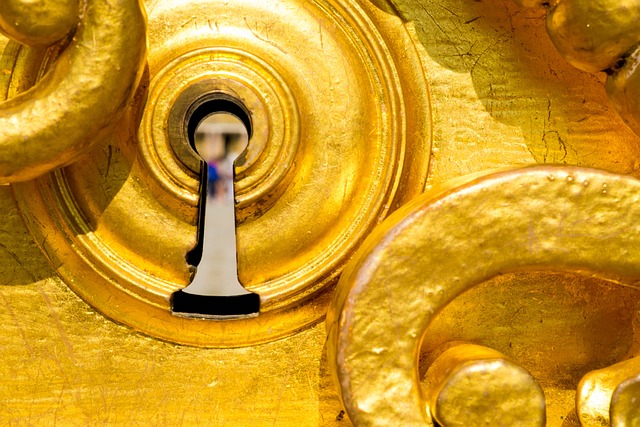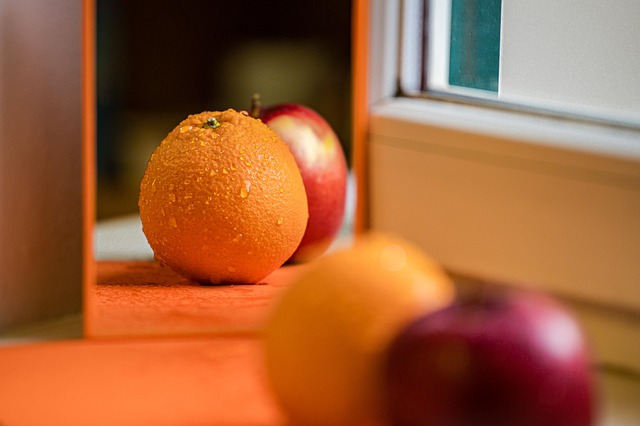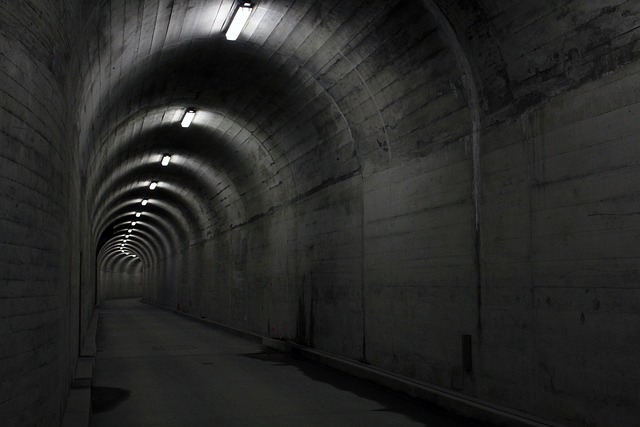Creating Spaces for Everyone in Fine Arts Installations
Art has always been a powerful medium for expressing culture, emotions, and experiences. However, the beauty of fine arts installations should not only be reserved for those who can easily access them. With a growing emphasis on accessibility, it’s essential to ensure that all individuals can appreciate and engage with art on equal footing.
When we talk about fine arts installations, we are often referring to immersive experiences that invite viewers to interact with the artwork in dynamic ways. These installations often draw from a variety of cultural backgrounds, which enriches the artistic narrative. However, if we want to respect and embrace the multitude of voices that shape our cultural landscape, we must also make these spaces welcoming for everyone, including those with disabilities.
Consider the physical aspects first. Navigating an art space should not feel like a daunting task. Creating wheelchair-accessible paths, installing ramps, and ensuring that artworks are at varying heights can help dismantle barriers that prevent individuals with physical disabilities from engaging with the art. This proactive approach to accessibility allows for a more inclusive environment, where visitors can freely explore, appreciate, and interpret the art around them.
Beyond physical access, the experience of interacting with fine arts installations can be enhanced by incorporating sensory-friendly features. Providing quiet spaces, offering materials in braille, and incorporating tactile elements can create a more inviting atmosphere for individuals on the autism spectrum or those with sensory processing issues. Art is meant to be felt, seen, and experienced; when we adapt our installations to meet diverse needs, we enrich the cultural dialogue they facilitate.
Furthermore, artists and curators can play a pivotal role in fostering accessibility. Involving individuals with disabilities in the creative process can provide unique insights that lead to more inclusive art practices. This collaboration not only enhances the artwork itself but also bridges cultural gaps, enabling the stories of many to be told in ways that resonate with broader audiences.
As we reflect on the impact of fine arts on culture, it is crucial to recognize that accessibility enhances the artistic experience for everyone involved. By prioritizing inclusivity in installations, we open doors to a wealth of perspectives that enrich our understanding and appreciation of art. Every installation should be a testament to the idea that art is for all—where each visitor’s experience is valid, valued, and celebrated.
In the journey towards enhanced accessibility, let us embrace a future where fine arts installations are not just spaces to view art, but inclusive environments that welcome each unique individual into the vibrant tapestry of cultural expression.




